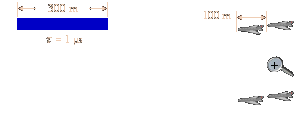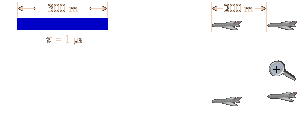Range Resolution
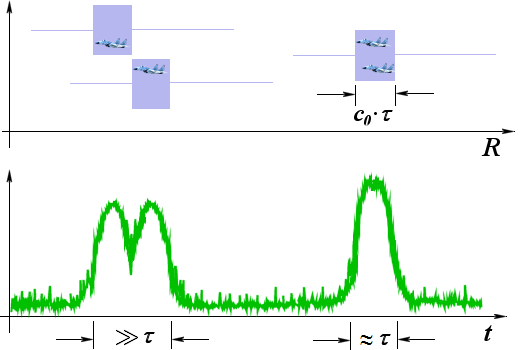
Figure 1: Minimum distance of targets in range
What is the radar range resolution?
Range Resolution
The target resolution of radar is its ability to distinguish between targets that are very close in either range or bearing. Weapons-control radar, which requires great precision, should be able to distinguish between targets that are only yards apart. Search radar is usually less precise and only distinguishes between targets that are hundreds of yards or even miles apart. Resolution is usually divided into two categories; range resolution and bearing resolution.
Range resolution is the ability of radar system to distinguish between two or more targets on the same bearing but at different ranges. The degree of range resolution depends on the width of the transmitted pulse, the types and sizes of targets, and the efficiency of the receiver and indicator. Pulse width is the primary factor in range resolution. A well-designed radar system, with all other factors at maximum efficiency, should be able to distinguish targets separated by one-half the pulse width time τ. Therefore, the theoretical range resolution cell of radar system can be calculated from the following equation:
| Sr ≥ | c0 · τ | (1) |
| 2 |
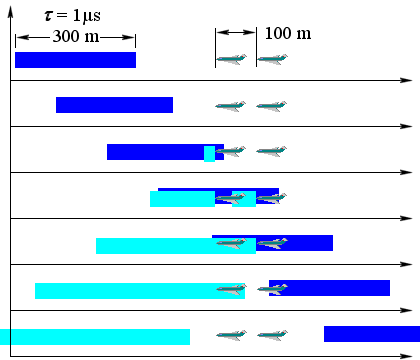
Figure 2: One target includes two aims
The following figures show the range resolution for a pulse with of one microsecond. If the spacing between two aircrafts is to small, then the radar “see” only one target as shown in Figure 2.
And now the other example when the spacing is large enough:

Figure 3: two aims and two targets
Radar using Intrapulse-Modulation

Figure 4: Range resolution as a function of transmitters bandwidth
In a pulse compression system, the range-resolution of the radar is given by the length of the pulse at the output-jack of the pulse compressing stage. The ability to compress the pulse depends on the bandwidth of the transmitted pulse (BWtx) not by its pulse width. As a matter of course the receiver needs at least the same bandwidth to process the full spectrum of the echo signals.
| Sr ≥ | c0 | (2) |
| 2 · BWtx |
This allows very high-resolution (and a small radar range resolution cell) to be obtained with long pulses, thus with a higher average power. Figure 4 shows the variation of slant range resolution with bandwidth. An 1.5 m resolution will be achieved with a -3 dB bandwidth of 100 MHz theoretically.

